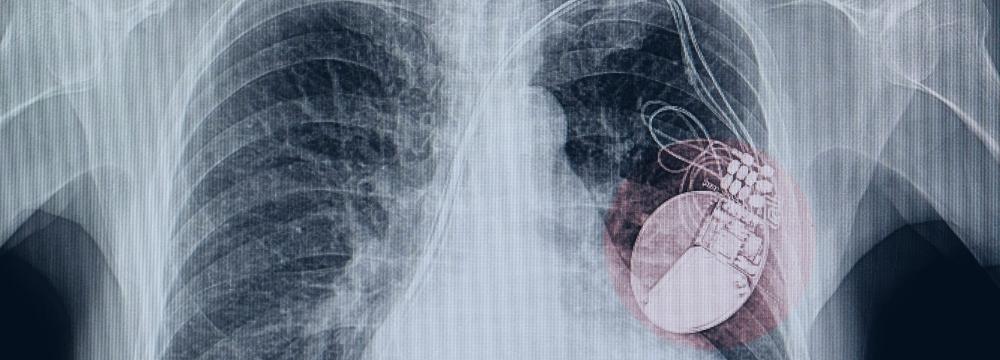What Happens When Your Pacemaker Runs Out of Batteries?

A pacemaker is an amazing medical device, and technology has advanced dramatically over the past few decades. What were bulky and often short-lasting devices are now more streamlined than ever, with longer battery lives than ever before. Further, we now have a new standard in leadless pacemakers implanted directly into the heart and do not require wires to fulfill their pacing duties.
However, as with any self-powered battery-operated device, they have a life span – of usually about 8 to 10 years. This lifespan depends mainly on how often the pacemaker needs to fire, general care of the device, and manufacturing tolerances that may increase or shorten the life of the device.
Many patients are understandably concerned about what it takes to replace a pacemaker once it has reached the end of its useful life. Below, we will discuss some options and what you, as the patient, can expect.
Traditional Pacemakers
If you have a traditional pacemaker, you know that the battery or pulse generator is fitted just under the skin. When the battery fails, it just requires a simple procedure to replace the old generator with a new one, connecting it to the leads already running to the heart in a like-for-like swap. The procedure is usually performed under local anesthetic in the office or outpatient surgery center unless the patient has mitigating circumstances. Beyond mild pain and recovery time, the post-procedure process is relatively straightforward, and patients can return to normal activities swiftly.
Leadless Pacemakers
For a leadless pacemaker – one that is implanted in the heart directly, removal of the device can be unpredictable. Still, ideally, the spent pacemaker is removed when the new device is implanted. However, you may be happy to know that these devices are designed for the possibility of being deactivated and left in the heart indefinitely. To get the heart pacing properly again, your electrophysiologist will perform a catheter-based deployment of a new leadless pacemaker, which is attached in a very similar fashion to the original pacemaker. Once the pacemaker is activated and calibrated, it works like the previous device.
This procedure is performed in a cath lab or EP lab, usually on an outpatient basis. As with any catheter-based system, there are risks, but these are generally very low, especially in the hands of an experienced electrophysiologist.
If you have concerns about the longevity of your pacemaker, or if you have been told that you’re coming near the end of your pacemaker’s useful life, feel free to contact our office to learn more about pacemaker implantation and how to prepare for the procedure.







